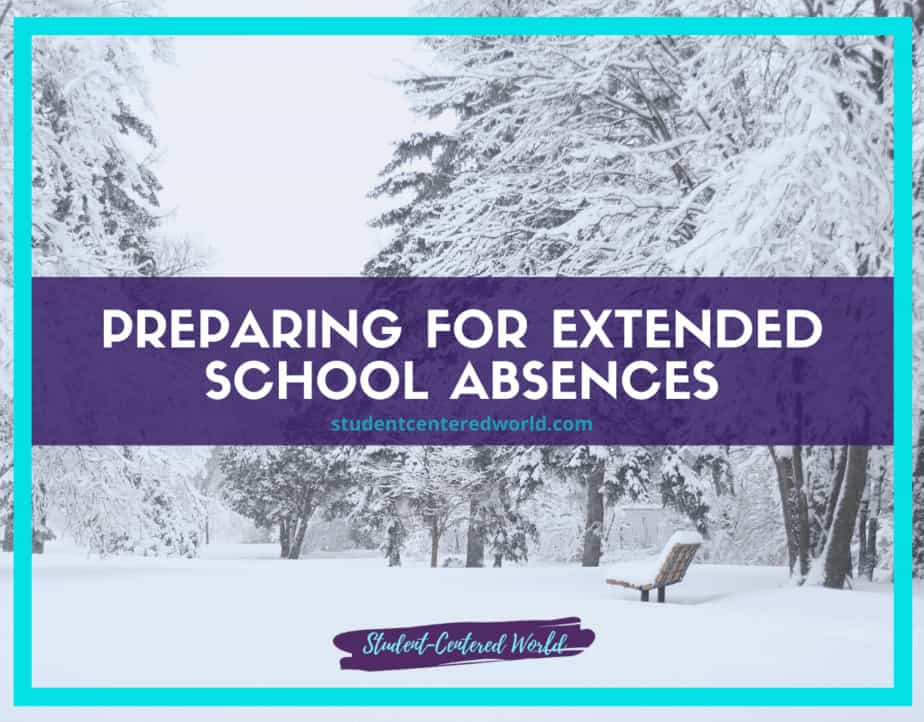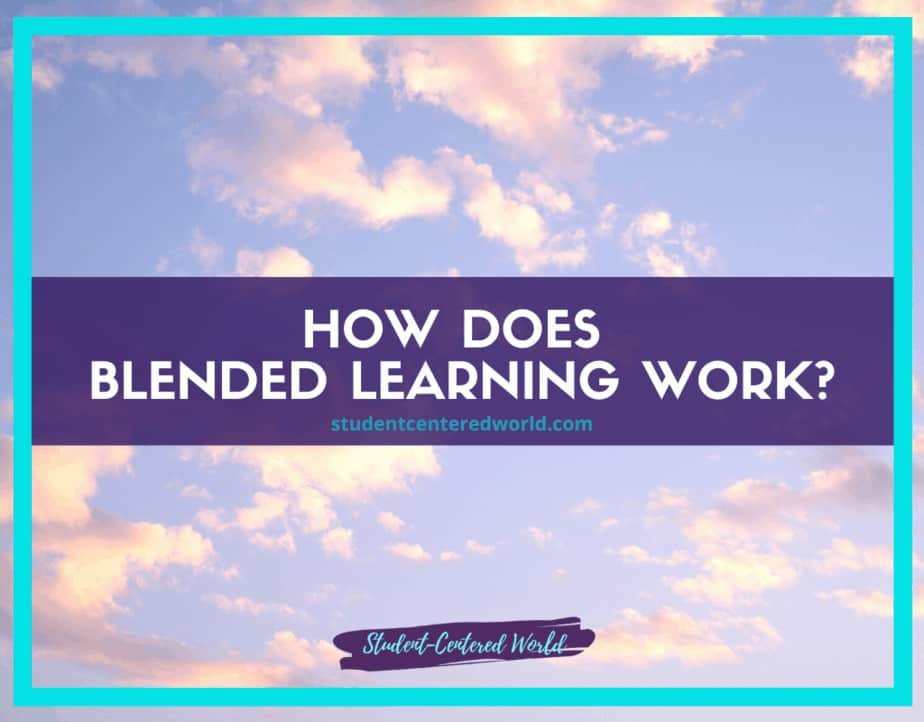Parents During Stressful School Closures: 5 Ideas for Success
What should parents do to keep their children up-to-date on schoolwork when districts close for an extended period of time?
The thought of having to take on the role of teacher while your children are forced to stay at home due to school closures can be extremely stressful.
While many schools have contingency plans that they’re trying to put into place, there are also many schools that ended up having to close abruptly, and children are sent home with all stakeholders in their education trying to scramble together to keep them in time with where they need to be.
In listening to parents, there is so much concern from people that have no type of educational background as to what they need to do to help keep their children from slipping behind.

Extended school closings are stressful for everyone. The main thing to remember, and I harp on this to teachers all the time, is that our current generation of children is vastly different from generations that came before them.
You and I both remember what school was like for us. We sat at a desk the teacher told us the information, we wrote it down, memorized it, and spit it back.
Our students today literally aren’t learning like this.
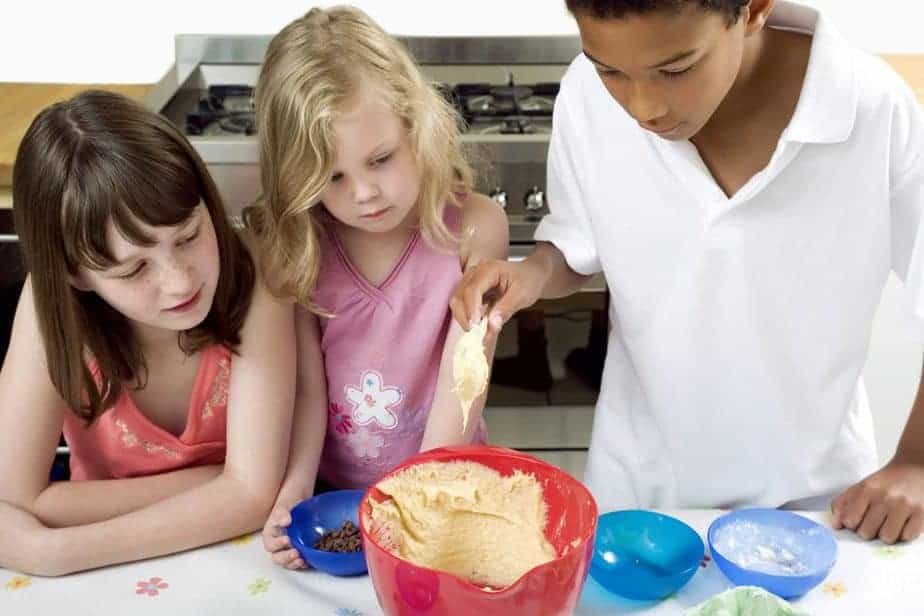
Given the range of technology at their fingertips, the explosion of social media, and just the basic way that our children are now interacting with other human beings, it is not possible for them to learn the way that we all did.
They do not have the attention span that previous generations have had and science has proven this again and again.
The rise and consumption of the Internet have rewired the brains of our children and it is up to us to make sure that they are receiving information in a way that’s they can digest and understand.
Think about it with your own kids. You try to have a conversation with them and how often do they start getting distracted. Some of that does have to do with age but a lot of it also has to do with the world that they are currently living in.
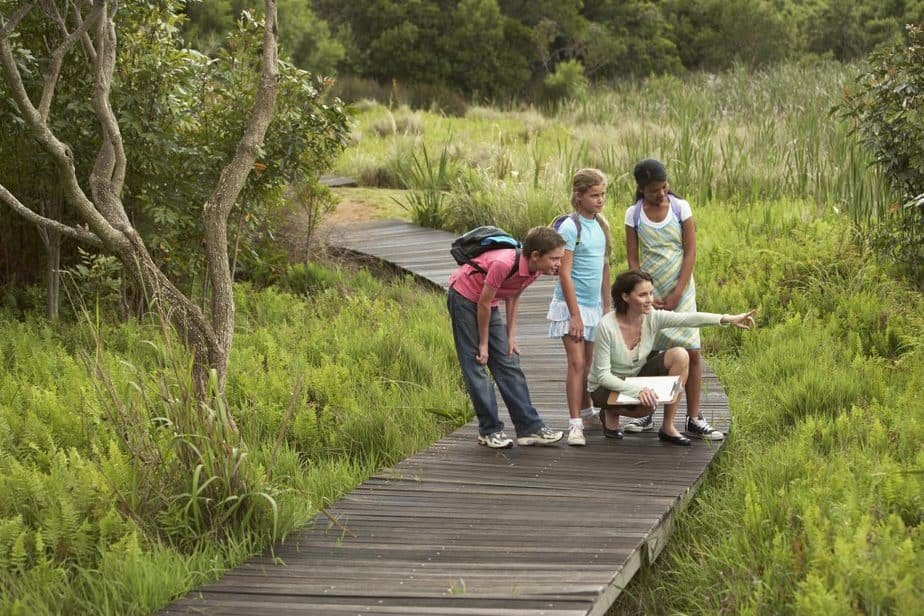
This generation is known as Generation Z and frankly, if they are interested in the topic, they are watching video after video on platforms like YouTube to find out what the answers are to their questions.
This has changed the entire landscape of education. People who are trying to hold on to the way things have always been are doing a huge disservice to these students.
So why am I telling you all of this?
It is important as you are willingly, or maybe not so willingly, embarking on somewhat of a home school journey for the foreseeable future to realize how your child is actually going to learn and comprehend information the best.
The data is showing without a doubt that both Generation Z and Generation Alpha are learning the best by hands-on activities that are piquing their interests and keeping them engaged.
(This post may contain affiliate links that won’t change your price but will share some commission. As an Amazon Associate, I earn from qualifying purchases. Please read our disclosure policy for more information.)
It is unfortunate, especially to us older generations, but if they don’t have an interest in something, given their attention span they legitimately can’t comprehend and digest the content appropriately.
It is important to make sure they’re learning, so making sure that we are adjusting to their learning styles and their needs as a system is the only way we’re going to see this generation succeed.
There are a few different options currently for you to be able to keep up with your children’s education while their home from mass school cancellations, which from what I have seen ranging from 2 weeks to indefinitely.
Work Sent Home…with a twist
Hopefully, your child’s teacher or school team has compiled some type of work that they have been sent home to keep up with the pace of the curriculum.
The first thing you need to do is look at the work they have been given. Chances are in so many cases it is a collection of worksheets that are going over basic content knowledge.
While this does fit the criteria of keeping up with the content of the curriculum, it is not going to be engaging and chances are your child is going to fight you on doing it or try to rush through.
At a bare minimum, they should, in fact, do these activities.

Hopefully, your child’s teacher did come up with something more engaging, but it really depends on the amount of time they had to prepare for this scenario.
It is important that if your children were sent home during these school closures with a barrage of worksheets, to supplement what they’re doing with activities that will help solidify the material.
Now, as a parent that may not have any educational background, that may seem daunting and outside of your league.
I promise you, it is not, and I’m going to show you now how you can do that.
Option #1: Video Platforms
The first option, of course, is a platform like YouTube. There are videos on there that can range from just a few minutes to an hour or more and will break down any concept that your child is learning in school.

Many YouTube authors are well aware of the learning styles of Generation Z and create engaging and interactive videos for the students to watch, which are key during school closures.
Don’t find a video that has somebody just rambling on about a topic. Instead find ones that create that level of interest.
A good example of this is the Crash Course series. The series has authors like John Green, author of The Fault in Our Stars (ad), and other such books, that go through just about every event that happened ever in history in about 10 minutes. These videos are engaging quick and really hammer home the content
Check out the video below from co-founder Hank Green to see what Crash Course is about and what is covered.
Option #2: Pinterest
Another great option is looking on Pinterest. Teachers are constantly putting their projects and ideas on Pinterest for a variety of different activities, which are perfect to work on during school closures.
So say your child is working on area and perimeter in math.
If you go onto Pinterest and search variations of area and perimeter activities. you will get a number of resources that pop up.
Some may be better than others, and some may be free while others lead to paid products, but you can get a really good idea of some things that you can do.
As a disclaimer, there are so many amazing STEM/STEAM-type activities and experiments on Pinterest that you can spend the entire time that you dealing with school closures hands-on with science, technology, engineering, art, and math.
Option #3: Teachers Pay Teachers Free Resources
Another great website to check out is called Teachers Pay Teachers. Every resource on Teachers Pay Teachers has been created by an educator and put on there to share with other educators.
Any single topic can and will have an activity. They range from free and move up in cost from there.
For the time being, I would put on the free filter and then type in whatever topic and activity you were looking for.
You will get hundreds of options that you can download for free and have your child work on.
Keep an eye out that you are not just downloading worksheets, which are on the platform. Instead, you want to be coming up with hands-on activities, experiments, simulations, or anything else that get your child moving, thinking, and engaging in the content during your school closures.
Bonus points, if you find something that your child really liked; you could certainly send it back to school with them after the school shut down and I can almost guarantee their teacher will love the fact that you were able to do that and give them something else to put into their teacher toolbox.
Option #4: Google It
You can also just Google for activities. No matter what the topic, you can type that in and then add the words “student-centered” or “project-based” or “activity” to the search field. This will, in fact, give you a range of ideas of activities to do with your child.
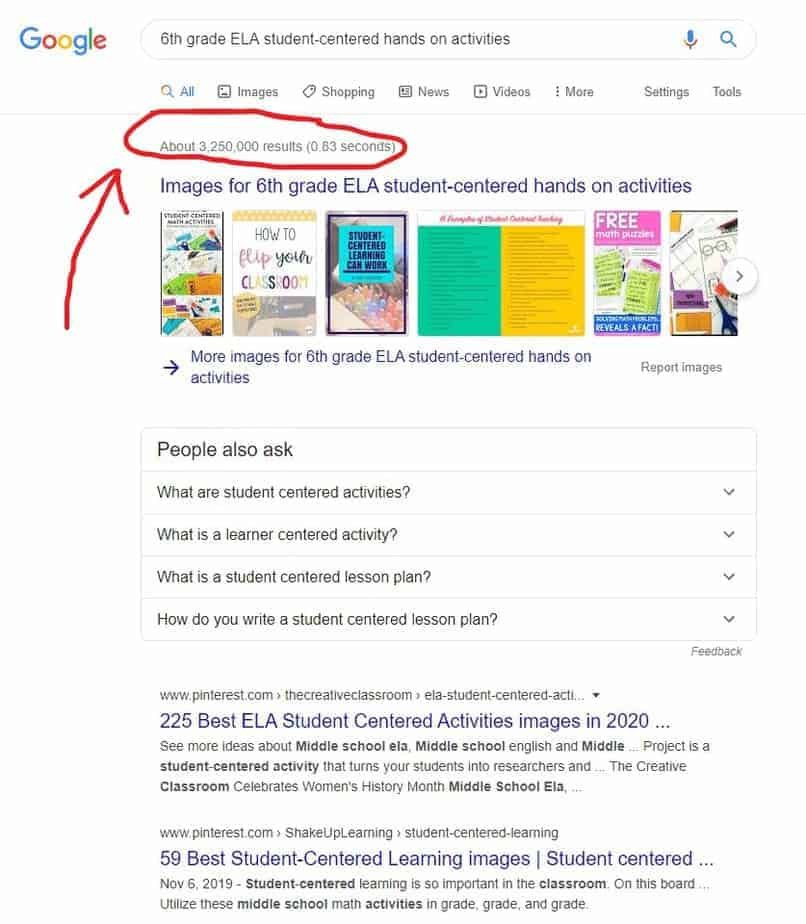
Now keep in mind, with Google you will have some free and some paid products that pop up. It depends on which avenue you would like to go to.
At the end of the day temporarily homeschooling your child due to school closures does not have to be overwhelming or daunting. You may get a little pushback from your child because they are home and don’t want to work, but it is absolutely imperative that they stay on top of their learning as to not undo the work that their teachers had been working on for the past school year.
You can take these ideas into play as well for days where your child is off due to weather or other unexpected school closures. Again, the moral of this is to make sure that the work that your child is doing to keep up with their school curriculum while being home is engaging, hands-on, and keeps them wanting to learn more.

This is 100% how our children are currently learning and it is important that we keep up with that during school closures while they’re not being able to be into the walls of their schools.
If you have any questions, feel free to comment below and I will absolutely get back to you on any type of ideas or snags you may have in trying to make this work for your family.
Good luck and stay healthy.
Interested in the flu pandemic? I suggest checking out “Flu: The Story Of The Great Influenza Pandemic of 1918 and the Search for the Virus that Caused It (ad)” If you’re not familiar with the Influenza of 1918, or if you’re just interested in more knowledge, this is a fascinating read.
Crisis Learning versus Home Schooling during School Closures
Though we might be teaching our children at home, this is not homeschooling. Homeschooling involved cohorts and field trips and curriculum creation. I assure you, your child’s teacher is working his or her tail off trying to navigate school closures just as much as you are. Everyone is stressed and trying to find the magic bullet that makes it all work.
The key during these school closures is to have open communication with the teachers. See if there is anything they need from you at home to make sure the activities they are creating work. We want to make sure our children are getting the best they can during school closures, so making sure that the line of communication stays open is absolutely key.
Will every day be a good day? No way. But whether it’s due to disease, weather, or whatever other reason came about to institute the school closures, know that everyone is doing their best to make this work.

